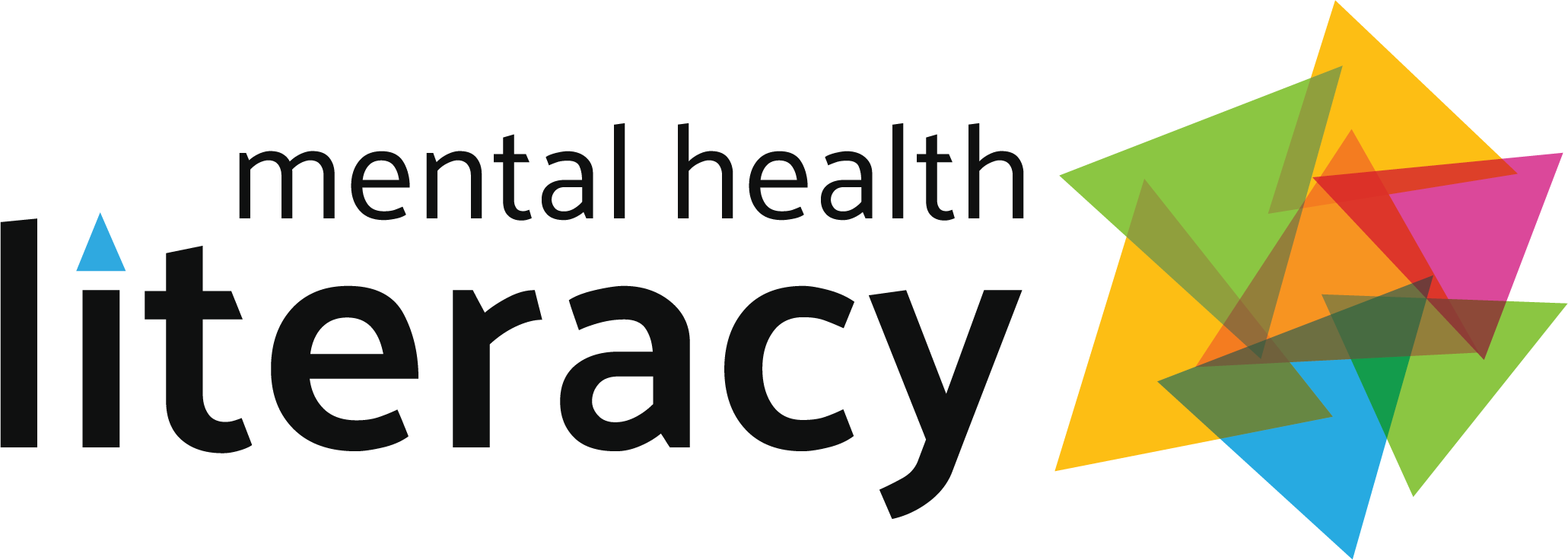O ver the counter and prescription medications come in a variety forms, including tablets, capsules and liquids. The effects of the substance depends on the type and the amount taken.
Medicine and prescription drugs can be misused in many ways. The risks of harm, overdose and death rise when people:
- Use a medication that is prescribed for someone else
- Alter their own prescription by taking more than is prescribed, changing its form (e.g., breaking or crushing pills) and/or using it differently than recommended (e.g., snorting instead of swallowing)
- Take a medication for the purpose of experiencing the pleasurable effects (to get ‘high’)
- Use medications with alcohol, cannabis or other substances
Prescription drugs are often strong medicines. Prescriptions are tailored to specific people based on the following:
- Personal information: For instance, body weight, how long a person will be using the medication, other medications the person may be taking and existing medical conditions
- Form and dose: The form and dosage of the medication impact the length of time it takes for the medication to dissolve, reach the bloodstream and travel to the brain
- Side effects: Drugs are designed to treat specific conditions but can also include possible side-effects. When drugs are not taken correctly, side effects can increase or be different than expected.
Over-the-counter drugs also have specific directions for use that minimize potential harms. Risk goes up when directions are not followed. With both prescription drugs and over-the-counter medications, potential benefits and risks of taking the medicine must be considered.
Although the word ‘pharmaceutical’ is often associated with drugs prescribed by a doctor, it can also include over-the-counter medicines like Gravol and cough suppressants.
Youth may use over-the-counter medicine and prescription drugs for a variety of reasons. These may include relieving pain, to get high, to experiment, to aid sleep, to relax, to fit into a group, to relieve boredom, to have fun, to improve concentration, to improve attractiveness/physical looks, or because these drugs may be perceived as safer than street drugs.
Some examples of more frequently misused medications include:
- Opioids (e.g., Oxycontin, Fentanyl, Codeine)
- Stimulants (e.g., Adderall, Vyvanse, Diet Pills)
- Sedatives or tranquilizers (e.g.,. Valium, Ativan, Xanax)
Many Canadian homes contain medications that can potentially be misused or abused. Very few keep these medicines in a safe place. If you or a family member have drugs for a medically-prescribed purpose:
- Keep medication in a secure place, such as a locked box or cabinet
- Keep track of prescription drugs by counting the pills
- Do not share medication with family or friends
- Properly dispose of any extra medication, whether unused or expired. The best way to do this is to take it to the local pharmacy. Avoiding flush medicines down the toilet or sink.
If the only option is to throw medication in the garbage, some safety precautions include:
- Removing the medication from the original container
- Scratching out all identifying information on the prescription label
- Hiding the medication in something unappealing, such as used coffee grounds
- Placing this mixture in a closed bag or other sealed container to prevent the drug from leaking or breaking out of a garbage bag
Sources
- American Academy of Pediatrics (2021): https://www.healthychildren.org/English/safety-prevention/at-home/medication-safety/Pages/Medication-Safety-Tips.aspx
- Drug Free Kids Canada: https://www.drugfreekidscanada.org/drug-spotlights/prescription-drugs/
- Canadian Student Tobacco, Alcohol and Drug Survey (CSTADS) 2021-2022. Summary of Results: https://www.canada.ca/en/health-canada/services/canadian-student-tobacco-alcohol-drugs-survey/2021-2022-summary.html
- National Institute on Drug Abuse (United States): https://nida.nih.gov/
- National Institute on Drug Abuse (2020). Misuse of prescription drugs research report overview: https://nida.nih.gov/publications/research-reports/misuse-prescription-drugs/overview


